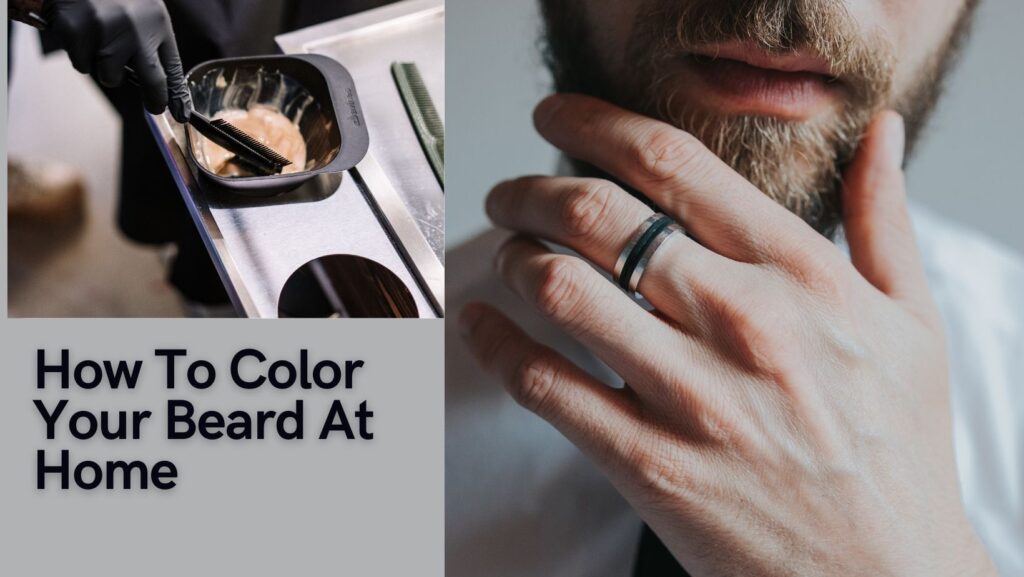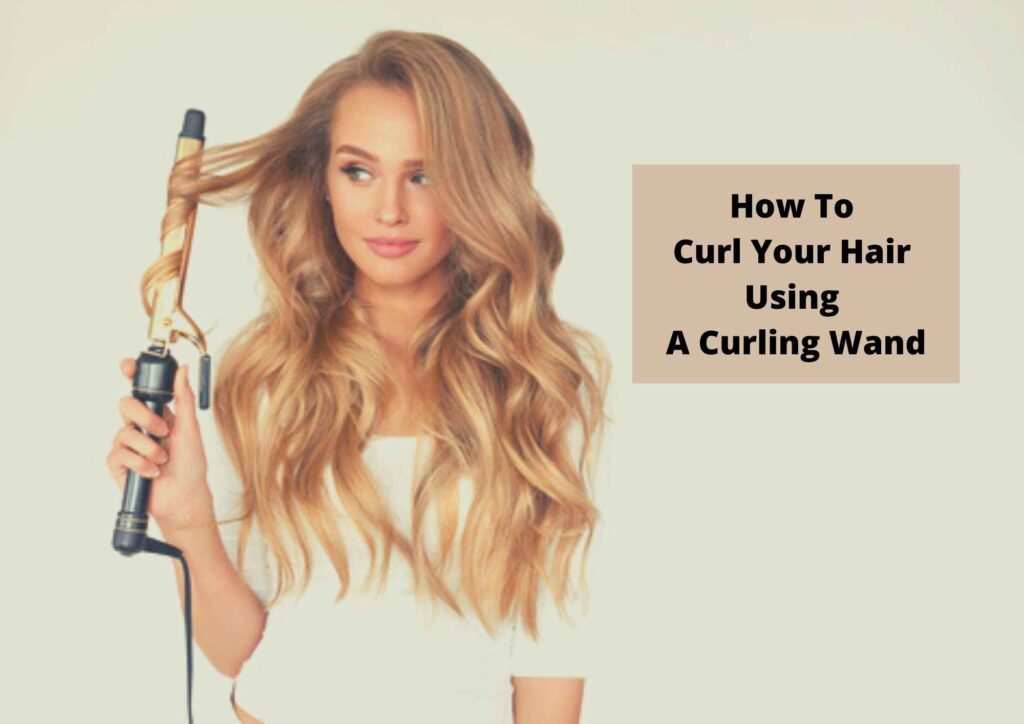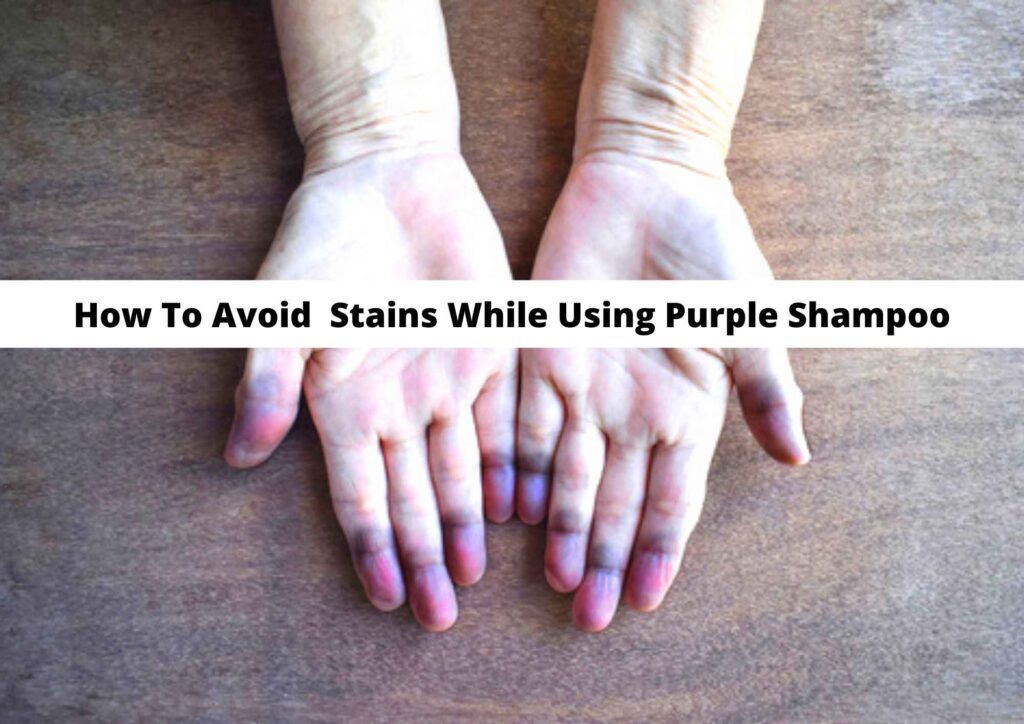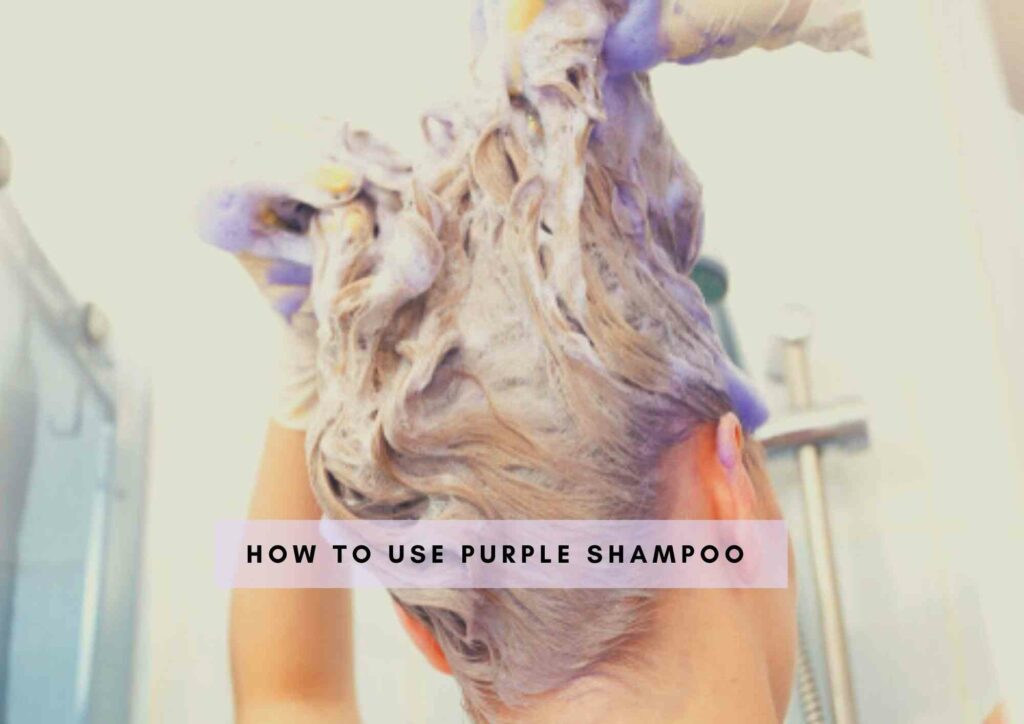If you want to learn how to grow low porosity hair and what are some top low porosity hair products you can use, check this article out for a top-notch low porosity hair routine.
If you have low porosity hair, you’re probably one of those people who stay frustrated as their hair never seems to grow.
Well, the fact is your hair is actually growing, but there are a few reasons that might obstruct your hair from actually growing; for instance, your hair has a slower growth rate or your shafts break before growing long.
The key to getting hair growth is to ensure that your hair is strong and healthy at both the ends and roots. So, if your hair, too, seems to never grow, you might have low porosity hair.
If so, then you are in here for a treat. I will try my best to help you with your low porosity hair growth.
How to Grow Low Porosity Hair?
Growing low porosity hair involves practices that enhance moisture absorption and retention. Warm treatments, like heated deep conditioning, can open up the tightly bound cuticles of low porosity hair, allowing for better penetration of hydrating products. Using lighter oils like argan or jojoba and water-based moisturizers helps prevent product buildup. Incorporating a clarifying shampoo into your routine can remove residue that hinders moisture intake. Regular trims prevent split ends, promoting healthier growth. Additionally, avoid over-manipulation and high-heat styling tools, as they can cause damage. Patience and gentle care are key to nurturing and growing low porosity hair effectively.
Key Takeaways:
- Growing low porosity hair involves enhancing moisture absorption and retention.
- Warm treatments like heated deep conditioning can open up tightly bound cuticles for better product penetration.
- Lighter oils and water-based moisturizers help prevent product buildup.
- Regular trims and avoiding over-manipulation and high-heat styling tools promote healthier growth.
- Understanding your hair’s porosity is crucial, as it influences product effectiveness and care routines.
- Techniques like the LOC method and clarifying shampoos help maintain hydration and prevent buildup.
- Limiting protein products and protecting hair while sleeping can prevent damage and aid growth.
- Tailoring your routine to address specific issues like frizz or dry scalp contributes to overall hair health and growth.
What is Hair Porosity?
So, before we move on to the real dig, here’s something that might help you understand why I am talking about hair porosity this seriously.
Basically, air porosity is a term that refers to the ability of your hair to retain and absorb moisture. This ability to absorb faster or slower moisture and other things depends on your cuticles.
For people who are not yet aware, a cuticle is the layer of your hair shaft that is at the outermost. So, if you have low porosity hair, your cuticles are basically too close to one another, which makes penetration of hair products tougher.
At the same time, it will be the exact opposite in terms of high porosity hair.
How To Grow Your Low Porosity Hair
Unlock Moisture From Your Low Porosity Hair

Moisturizing your hair is one of the vital things to do for low porosity hair. For me, it is like a pious ritual that you need to do no matter what.
To strengthen the strands, its internal structure uses water, along with it also makes the hair soft and prevents breakage. Also, if you are going to talk about the hair’s own moisture, well, it is not enough for the strands to maintain hydration.
So, it is because of that that your hair grows but never grows long as it has become breakage prone. Here are a few simple and clear ways to help it hydrate;
- Add conditioners in your hair care schedule, and not just any but deep conditioners; it will help condition your hair as, during showers, the cuticles are usually open.
- The next thing that you can do is an effective and lightweight oil. For instance, take argan oil or rapeseed oil so that its smaller molecules would be able to get through your strands. Adding to that, it will also help you lock in moisture.
- The third thing that you can do is use steam. So, how does it help? Basically, steam has water molecules in the form of vapor, which comes as an advantage to us in penetrating the shafts, rather than the liquid form molecules.
Lock Hydration Inside Using The LOC Method
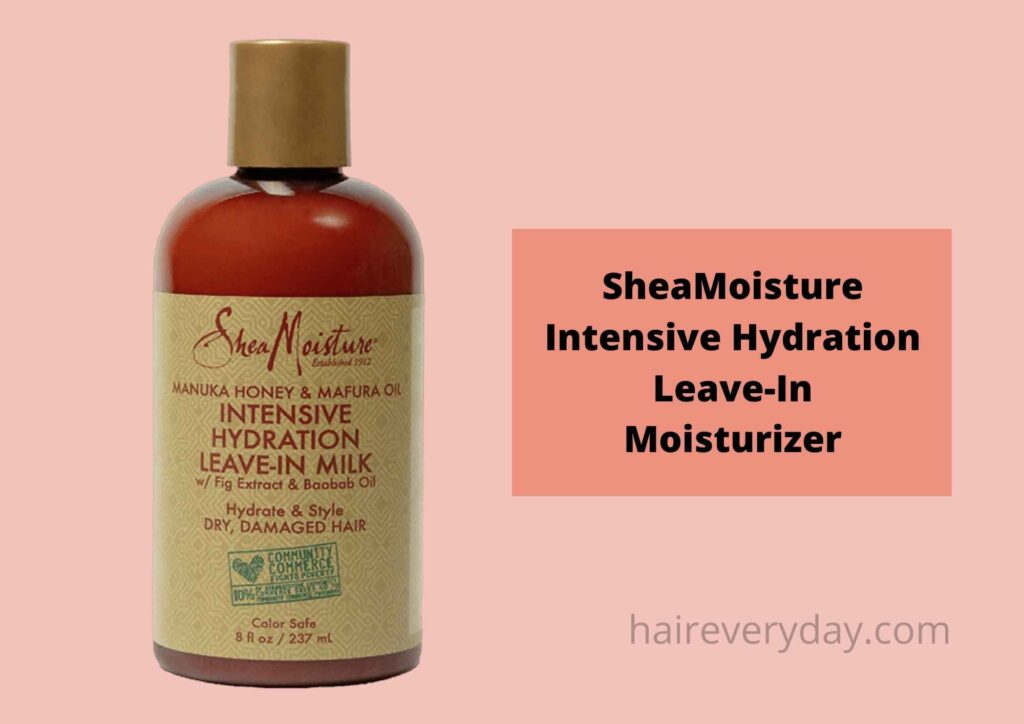
One of the other ways to keep your low porosity hair hydrated is to use the LOC method. The LOC stands for Liquid, Oil, and Cream.
The L or liquid in this routine is basically washing your hair. Once your hair is all wet, move on to the next step, which is O or oil.
While your strands are still damp, apply oil to them. If you ask why it is because water hydrates your hair, and oil helps in locking that hydration in your strands. But remember to use lightweight oil.
Following that, you would go on for the C in the routine, which stands for cream, to seal your cuticles and latch in the hydration for a good and long time. Adding to that, the cream will also help you hold your hairstyle the way you want it to.
Adding this LOC method to your hair care routine will help your hair gain elasticity along with moisture, so you will be able to see your low porosity hair growing. You will get on the path of long and healthy hair.
Clear Build-up From Hair Strands For Better Absorption
One of the vital things to do is to clean your hair at a regular interval of time to see the visible growth difference. As your low porosity hair leaves little to no chance for the hair products to penetrate, there is a loftier possibility that you might get build-ups often.
So, this build-up is going to obviously block your follicles, leading to blocking your hair from growing. The best way to avoid this from occurring is to use cleansing or clarifying shampoos that help in clearing the build-up and preventing it from happening further.
A clear scalp that really feels fresh and will help you with your low porosity issue.
Do Not Use Too Many Of the Protein Products
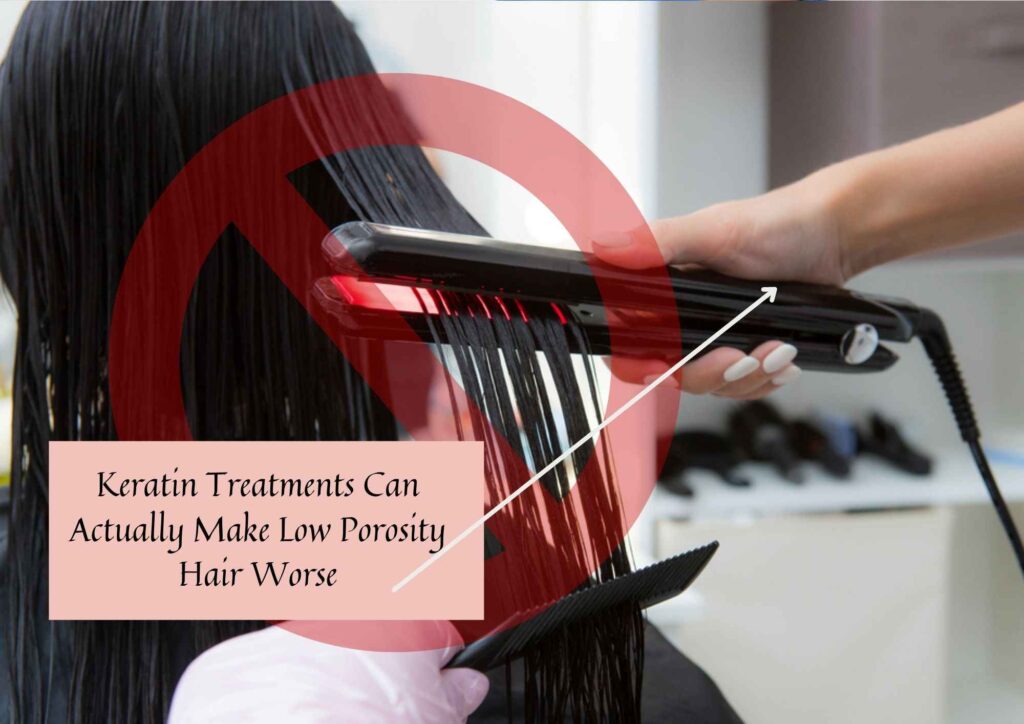
So, the next on the list is saving your hair from excessive protein. People often think that if it is good for high porosity hair, it is going to do wonders on low porosity one too.
The reality check- low porosity is highly sensitive to protein.
Too much protein can cause more issues than solving the already existing ones. Protein can add to the fragility and stiffness of your strands. I know you would say that protein strengthens them but not in the case of low porosity.
Don’t use protein too often and keep the quantity in check, and you can also dilute the product before using it on your shafts.
Protect Low Porosity Hair While You Sleep
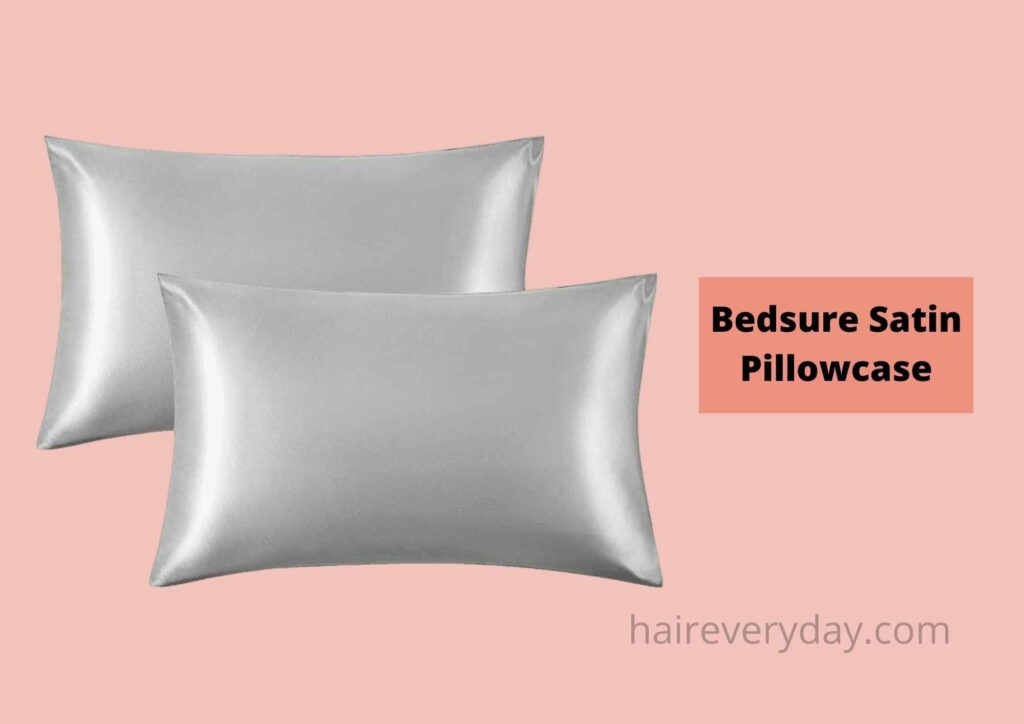
Another thing that usually goes unnoticed is the constant tossing and flipping off your hair in sleep. It can actually cause obstruction in its growth. Adding to that, cotton pillow covers carry the same potential to damage your hair.
Cotton covers not only lower the growth process by making your hair rough but also take the moisture away.
So, what you can instead do is tie up your hair well and use silk covers for the pillows. You can also choose satin covers, as both of these clothing materials prevent damage and don’t steal moisture.
So, it is another simple and easy way that you need to switch to so that you can help your strands in its transition, that shows.
Look Out For Issues Like Frizz and Dry Scalp
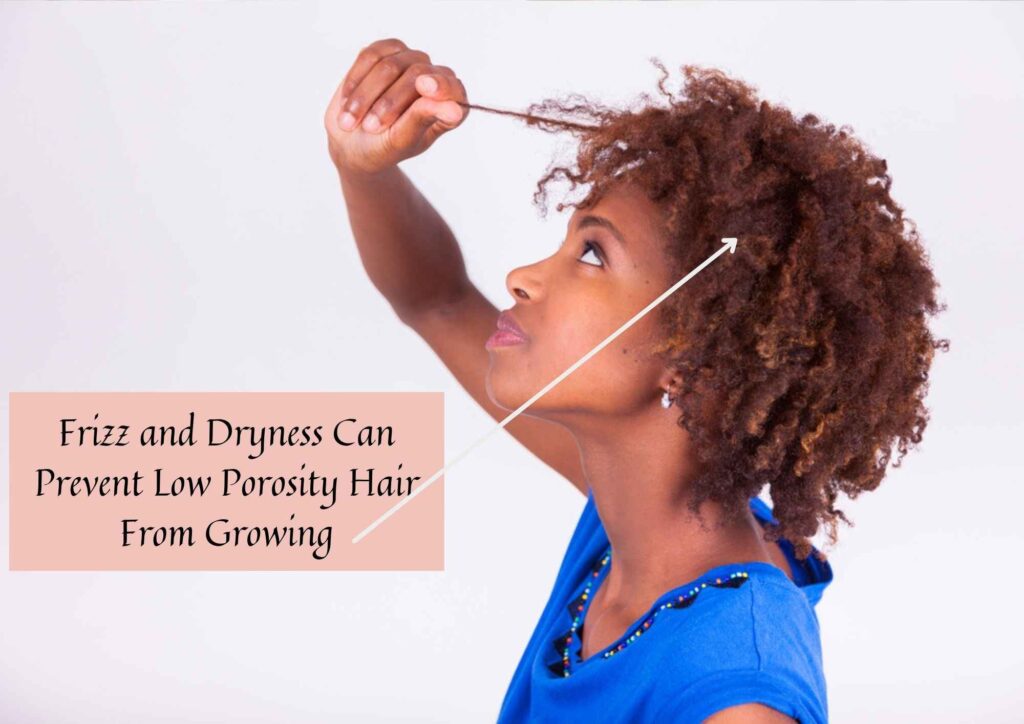
The last way by which you can grow your low porosity hair is to understand that not everything is going to work for your hair, as it has different needs and it responds to the products in its own way. I mean, I am allergic to a few typical ingredients that my friends are totally fine with.
So, to grow your low porosity hair listen to your issues what sort of problems your strands constantly face. If it is frizzy and dry, focus primarily on hydrating it and locking in the moisture.
If your hair looks dull and lifeless, make the supplements your priority, focus on vitamins that support your hair growth.
Or, if your scalp and roots feel heavy and not fresh, focus on clarifying them with a good cleansing shampoo that will suit you.
Basically, you need to put effort into the issues that are really obstructing your hair growth, work on those specific areas, and see your hair actually healthy and growing.
How To Check If Your Hair is Low Porosity or Not?
The very first step that is absolutely important for you to take care of your hair is to understand it. Because if you have low porosity hair, the high porosity hair products are not going to give you any positive results, and vice versa. So, yes, know your hair, know its porosity.
So, if you are unsure of the hair type you have, here’s an easy way to find it out quickly.
First off, you can just apply water to your hair, and if the water rolls off your hair without your hair soaking it. Adding to this, you can also take a glass full of water and dip part of your hair in it.
If your hair sinks within a minute, you have the issue of high porosity in your hair, meaning that your strands are damaged and porous.
On the other hand, if your hair doesn’t sink and is floating even after a minute, you have low porosity hair. This simply means that your hair cuticles are packed tightly together and are not allowing the hair to penetrate or pass through.
Some other common ways to observe is to observe if
- Your hair has product build-up.
- Your hair looks dull and feels rough.
- Dandruff, flakiness, and itchy scalp are recurring issues for you.
- Your hair takes longer than usual to get wet, and drying is a lengthy process too.
- Not only your hair has no volume, but it lacks shines too.
- Your hair has brittle ends and breaks often.
Why You Should Trust Haireveryday?
The author of this article, Leah Marie Priest has a degree in Cosmetology with years of experience in dealing with hair care, scalp care, and hairstyling. As someone who extensively deals with all kinds of hair textures, products, styling methods and more, hair Leah Marie knows what kind of products and procedures suit each hair type and person. We have also tested these hair products and processes ourselves to provide you an unbiased review about every product. Each of our articles are also reviewed by a team of medical professionals so that you get the most accurate and expert-reviewed information.
Wrapping Up on Caring and Growing Low Porosity Hair
So, wrapping up, all I have to say is hair growth is only possible if your hair is healthy, and by healthy, I mean hydrated, undamaged, and strong too.
But if you have low porosity hair, it is going to be difficult for you to keep it hydrated, and once damaged, it will become even tougher to strengthen as the products won’t be able to penetrate.
That’s why taking care of your hair becomes vital, and I am hoping these tips are to aid you in a great value in doing the same.
Till then, keep making healthy and positive choices for you and your hair.
Also Read:
Best Oils For Low Porosity Hair
Are Hot Oil Treatments Good For Low Porosity Hair
Best Co Wash Products For Low Porosity Hair
Is Rice Water Good For Low Porosity Hair
How To Soften Coarse African American Hair
How To Make Natural Black Hair Curly Without Chemicals
Guide To High Porosity Hair
To Summarize



